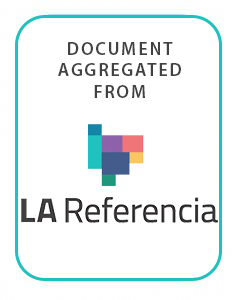The role of the private sector in food system resilience: Lessons from Cambodia
This paper assesses the role of the private sector by using the case study of Cambodia to learn specific lessons for increasing the resilience of food systems in the developing world. In order to develop a sustainable and lasting impact, it is imperative that both market actors and private actors be involved in addressing the new challenges facing vulnerable food systems.








